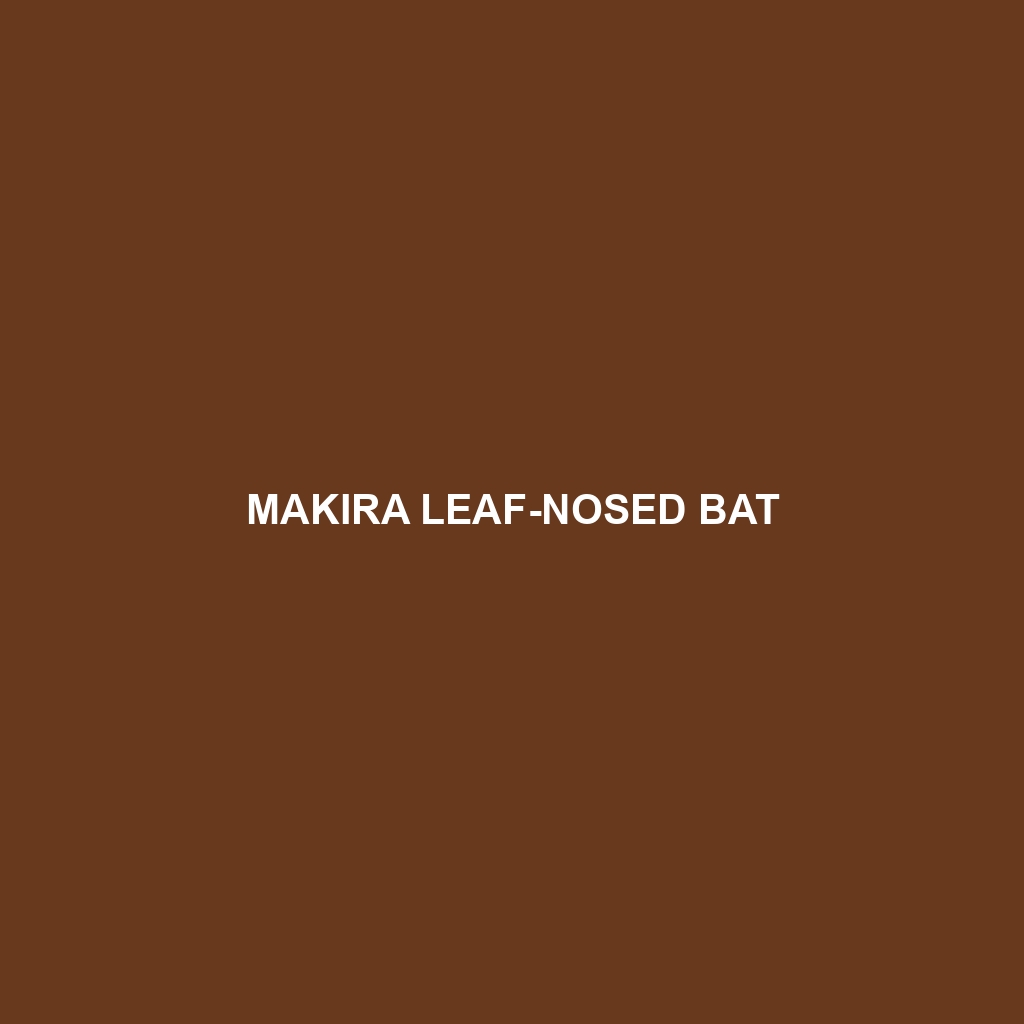<b>Emoia brongersmai</b>, also known as Brongersma's skink, is a medium-sized, vibrant green skink native to the rainforests of the Solomon Islands and Papua New Guinea. This agile insectivore plays a crucial role in its ecosystem by controlling insect populations and is recognized for its remarkable tail regeneration ability.
Tag: Solomon Islands wildlife
Dierogekko insularis
Dierogekko insularis is a vibrant gecko native to the Solomon Islands, measuring 10-15 cm in length, and known for its remarkable camouflage and nocturnal behavior. With a diet primarily consisting of small invertebrates, thisvulnerable species plays a crucial role in its ecosystem as both a predator and prey.
Cryptoblepharus schlegelianus
Discover the remarkable Schlegel's skink (Cryptoblepharus schlegelianus), a small, agile lizard found in tropical coastal habitats of the South Pacific. With its stunning camouflage, ovoviviparous reproduction, and role in the ecosystem as both predator and prey, this species is a fascinating addition to any collection.</p>
Cryptoblepharus rutilus
Discover the unique Cryptoblepharus rutilus, a small, agile lizard found in tropical and subtropical coastal regions, known for its slender body, reddish markings, and ability to regenerate its tail. Thriving on sandy beaches and rocky shorelines, this diurnal species feeds on insects and small crustaceans, playing a vital role in maintaining ecological balance.
Cryptoblepharus egeriae
Discover the resilient Cryptoblepharus egeriae, also known as Egeria's skink, a slender lizard native to the coastal regions of Eastern Australia and the Pacific Islands. This agile, diurnal reptile thrives in tropical habitats, preying on insects and contributing to the ecological balance of its environment, while currently facing vulnerabilities due to habitat loss.
Corucia zebrata
Discover the Corucia zebrata, or Solomon Island skink, a unique herbivorous lizard native to the humid tropical forests of the Solomon Islands, known for its striking appearance, prehensile tail, and important ecological role. With a robust body averaging 50-70 cm in length and a diet comprising fruits and leaves, this vulnerable species is essential for maintaining the rainforest ecosystem.
Makira Leaf-nosed Bat
Discover the intriguing world of the **Makira Leaf-nosed Bat** (*Hipposideros hilli*), an endangered species native to the lush rainforests of Makira Island in the Solomon Islands. This unique bat, with its distinctive leaf-shaped nose and agile flying abilities, plays a crucial role in controlling insect populations and supporting plant reproduction through pollination. Explore its habitat, behavior, and the conservation efforts needed to protect this remarkable animal from the threats of habitat destruction and climate change.






